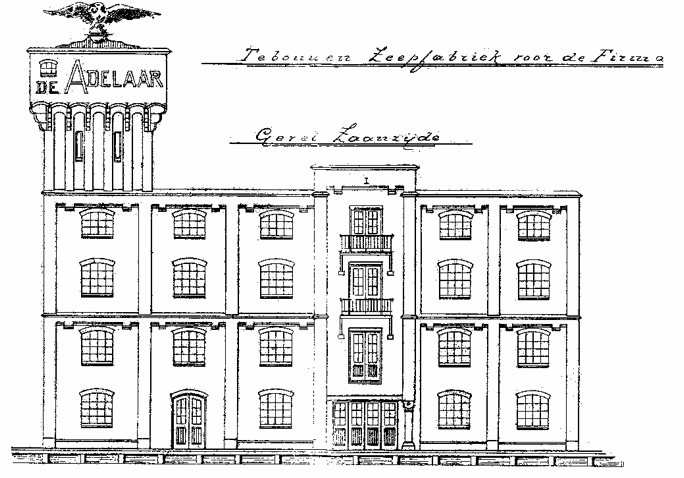G.P.A.G. van Zijl1,2 and L.G.W. Verhoef 1
ABSTRACT
During the last three decades the renovation of existing buildings has become a rapid growing segment of the building construction market in Europe. The reasons range from the historical value of such buildings to the environmental impact of demolition. In many cases such buildings are intended for a new function. Special interventions are then required, which may effect the structural integrity of the buildings. In this paper the proposed interventions for the renovation of “De Adelaar’’, an old Dutch masonry building built in 1906, which has been listed as a monument, are analysed. The building has been severely damaged internally by the aggressive nature of the soap manufacturing process, its original function. Recently, it has been proposed for re-use as an office building. Having had no thermal insulation originally, a novel way of insulating the building is called for to avoid large differences in temperature between the external, load bearing masonry walls and the internal concrete structural frame. Large temperature differences may cause large differential deformations, which, when constrained by connecting structural elements, may cause structural damage. To minimize the temperature difference, an internal climate wall has been proposed. Yet, still significant thermal interaction is foreseen, calling for numerical analyses. A finite element model, which was recently developed for the analysis of creep, shrinkage and cracking of cementitious materials, has been employed to study the restrained thermal shrinkage of the masonry walls. The results indicate that standard insulation interventions will indeed cause severe damage, even in the event that dilatations are introduced in the walls. Also, despite the reduced thermal action in the case of an internal climate wall, some localized cracking will occur. The distribution of these cracks by carbon fiber reinforcement on the wall insides provides a simple, pragmatic solution. It is shown by finite element analysis that crack widths are reduced to within acceptable levels upon such reinforcement.
Key words: masonry, renovation, reinforcement, shrinkage, cracking, finite elements
histor04



